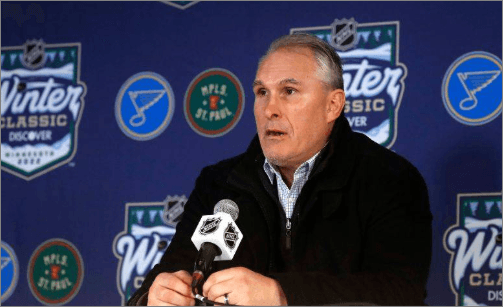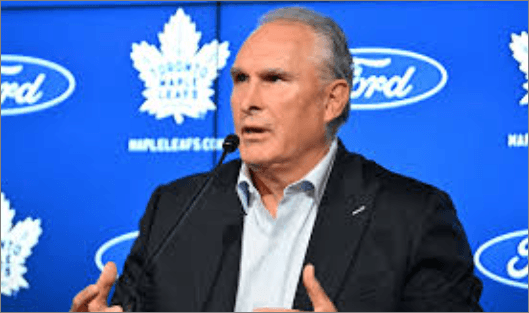The Toronto Maple Leafs are facing one of their most uncertain summers in recent memory after another playoff collapse, this time blowing a 2-0 series lead against the Florida Panthers and crumbling in Game 7 on home ice. This has sparked an intense internal review and major questions about the direction of the franchise. The team’s long history of falling short has led to another disappointing offseason where optimism is again mixed with deep frustration.
In the front office, change is already underway. Brendan Shanahan was not retained as club president, a consequence of repeated playoff failures despite regular-season success. CEO Keith Pelley, who now oversees Maple Leaf Sports and Entertainment, chose not to replace Shanahan and instead restructure leadership. General Manager Brad Treliving now reports directly to Pelley, and head coach Craig Berube is expected to have more input in roster decisions. Pelley, coming from a business background, has pledged to stay out of on-ice matters but will assume non-hockey responsibilities once handled by Shanahan.

However, concerns remain about possible overreach from Pelley, reminiscent of previous missteps by past MLSE executives. The future of the Leafs’ executive structure also remains in flux, especially after Rogers acquired Bell’s share of MLSE. Treliving’s management team is large and complex, with five assistant GMs and a special advisor in Shane Doan. Some organizational streamlining is likely, and Pelley may use the upcoming season to evaluate the front office before making further structural changes.
One of the biggest questions this summer is Mitch Marner’s future. The skilled winger will be an unrestricted free agent in 2026 and likely won’t receive the massive extension he’s reportedly seeking due to his postseason struggles and the Leafs’ salary cap constraints. A trade might be on the table, though his no-movement clause complicates matters. If Marner departs, the team must find a way to replace his 100-point output and chemistry with Auston Matthews, possibly redistributing his salary to bolster depth.

Captain John Tavares is also at a crossroads. Now 35 and a UFA, he must decide whether to accept a lesser role and reduced salary to remain with the Leafs or explore other options. While he’s deeply rooted in Toronto with his family, his playoff performance didn’t match his regular-season impact. Meanwhile, Toronto could look to free agency for replacements or reinforcements, with names like Brad Marchand, Nikolaj Ehlers, and Matt Duchene surfacing as possibilities, depending on cap space and roster needs.
Another critical area is retaining restricted free agents such as Matthew Knies, who had a breakout year. While Knies seems committed to staying, potential offer sheets could force the Leafs to make tough financial decisions, especially if Marner’s money isn’t reallocated quickly. Forwards Nick Robertson and Pontus Holmberg also await new contracts, but their futures are less certain. The Leafs will need to weigh upside, arbitration eligibility, and roster fit as they reshape the bottom six.

Finally, prospects like Easton Cowan and Alex Steeves could push for roster spots, while goalie Dennis Hildeby continues to develop in the AHL. With few early-round draft picks in the near future, success in scouting and player development will be crucial. Several UFAs, including Max Pacioretty and Jani Hakanpaa, are unlikely to return due to injuries or personal decisions. As the Leafs navigate this pivotal summer, they must balance roster turnover, salary cap realities, and long-term vision to avoid another year of “wait ‘til next year.


